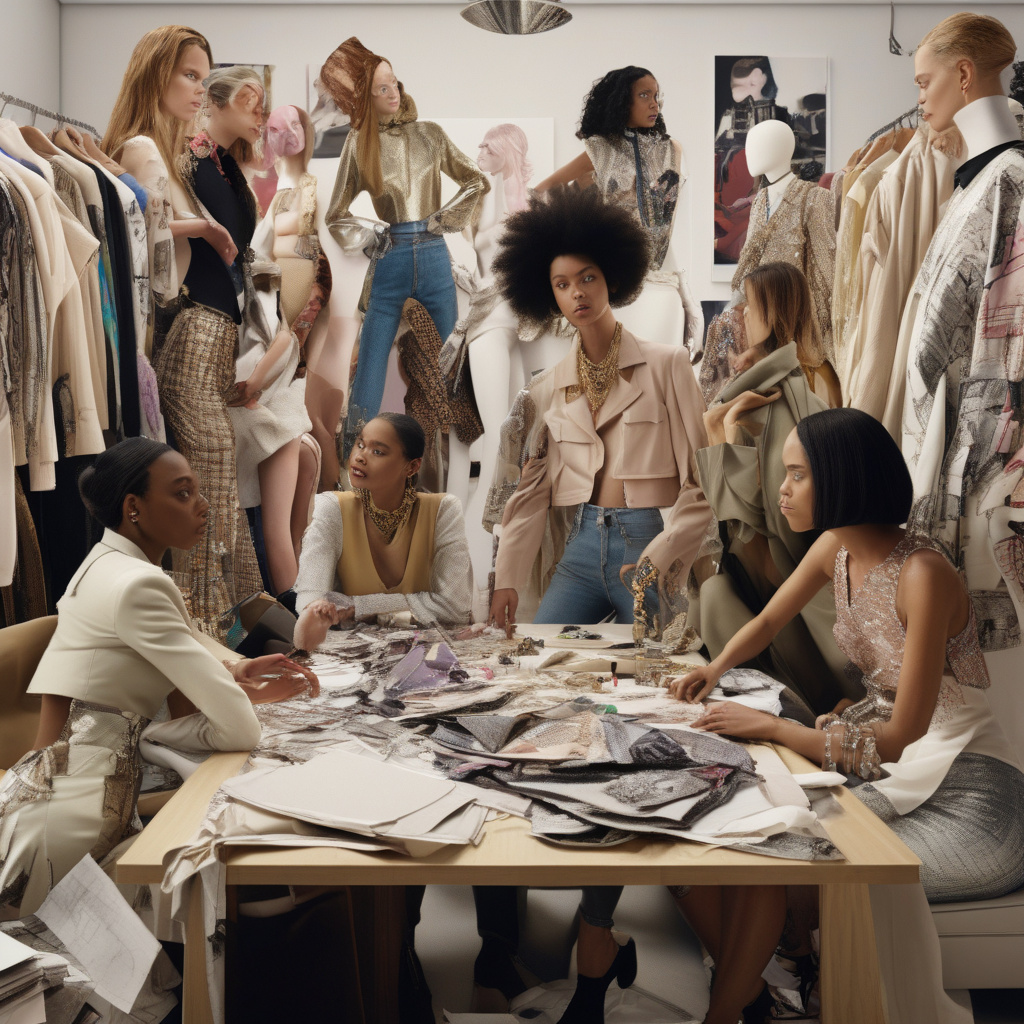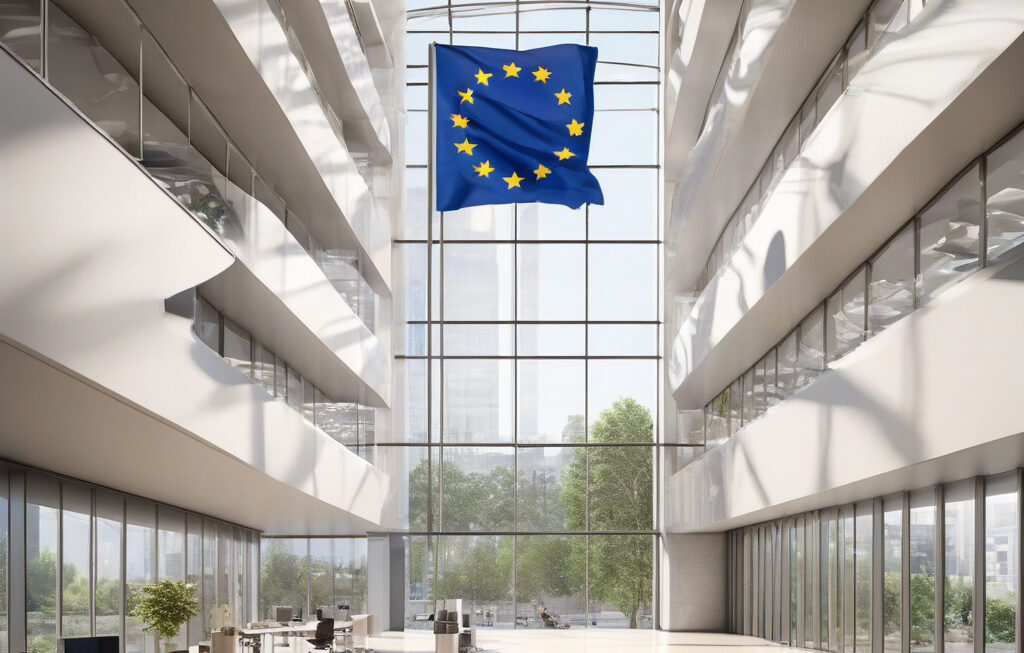Fashion’s Chaotic New Regulatory Reality
The fashion industry is no stranger to change, but the winds of transformation blowing through its regulatory landscape are causing quite a stir. With European politicians dialing back on regulations aimed at fostering sustainability, the sector finds itself navigating an increasingly complex and uncertain terrain.
For years, regulations in the fashion world have been geared towards promoting sustainability and ethical practices. From restrictions on harmful chemicals to efforts to reduce waste and carbon emissions, the industry has been under pressure to clean up its act. However, recent developments in Europe suggest a shift in priorities, with some regulations being rolled back in the name of promoting economic growth and competitiveness.
One key area of change is the easing of restrictions on certain chemicals used in the production of textiles and garments. While these regulations were originally put in place to protect both the environment and the health of consumers and workers, critics argue that they have also placed a heavy burden on businesses, particularly smaller companies that may struggle to comply with the requirements. By loosening these restrictions, policymakers hope to spur innovation and investment in the industry, but the move has sparked concerns about the potential impact on the planet and human health.
Another contentious issue is the relaxation of rules around product labeling and transparency. In an era where consumers are increasingly demanding information about the products they buy, regulations requiring detailed labeling and disclosure of sourcing practices have been seen as a way to hold brands accountable and empower shoppers to make informed choices. However, some policymakers now argue that these regulations have become too onerous and are hindering the industry’s ability to compete on a global scale. As a result, we may see a shift towards more voluntary disclosure and industry self-regulation, raising questions about the reliability of the information provided to consumers.
The implications of these regulatory changes are far-reaching and multifaceted. On one hand, businesses may benefit from reduced compliance costs and greater flexibility in their operations. This could pave the way for increased innovation and experimentation in the industry, as companies are no longer bound by strict rules and requirements. However, there is also a risk that this newfound freedom could lead to a race to the bottom, with some players cutting corners on sustainability and ethical practices in the pursuit of profit.
Consumers, too, are likely to feel the effects of these regulatory shifts. With potentially less stringent oversight in place, there is a greater need for vigilance and scrutiny on the part of shoppers to ensure that the products they buy align with their values and expectations. The onus may fall on advocacy groups, watchdog organizations, and conscientious brands to fill the gap left by weakened regulations and provide consumers with the information they need to make responsible choices.
In this chaotic new regulatory reality, one thing is clear: the fashion industry is at a crossroads. As policymakers grapple with competing priorities of sustainability, economic growth, and consumer protection, businesses and consumers alike must adapt to a changing landscape. Whether this shift will lead to a brighter, more innovative future for fashion or open the door to exploitation and harm remains to be seen. One thing is certain: the choices made today will shape the industry for years to come.
fashion, regulations, sustainability, European politics, consumer empowerment












